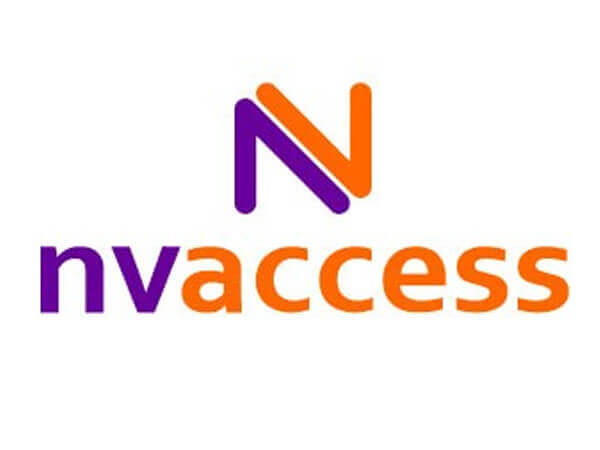Accessibility is very important nowadays. After all, everyone has the right to access computers, including visually-impaired and blind people. One of the tools that can help with accessibility is NonVisual Desktop Access or NVDA.

What is NVDA?
NonVisual Desktop Access is a free, open-source screen reader software that enables visually-impaired and blind people to use computers. The software reads the text on the screen to the user in a computerized voice.
Other than being an accessibility tool that provides visually-impaired and blind people access to computers, it can also be used for accessibility testing. Using it this way, one can ensure whether a website is accessible for visually-impaired and blind people.
Who Developed NVDA?
The software was made by Michael Curran in April 2006. He was concerned by the expensive cost of commercial screen readers so he created a free, open-source one. He named his software NonVisual Desktop Access.
The 0.5 version was released in 2007 while several iterations of the 0.6 version were released between 2008 and 2009. In 2007, Michael Curran along with James Teh founded NV access to manage the development of the software.
As time goes on, the popularity and features of the software grow. The latest features added support for Windows 10, Microsoft Edge, and MathML (through MathPlayer) in 2015 and support for PowerPoint 2013 in 2014.
NVDA Features
- Portable. Installing NVDA on a computer is not the only way to use it. The user can also install it on a USB stick and use the software on other computers with Windows OS.
- Multi-language. The software is available in multiple languages, providing more accessibility to people who speak a minority language.
- Open-source. The software is open-source, which means the community can contribute to it and make it even better software.
- Simplicity. The software offers simplicity. Not only it is easy to install, but it is also easy to use. Once you have installed it, you can use it right away without any fuss.
How It Works
The software is easy to use. The user only needs to move the cursor to the text area they want the software read to them. The cursor can be moved by keyboard arrows or a mouse. If the user has a braille display, they can use the software to convert the text into braille.
Pros and Cons
Like any other software, there are pros and cons of NVDA as well.
Pros
- The software is very user-friendly.
- If the user has a braille display, the software can convert text into braille.
- The software is available in multiple languages.
Cons
- The software is only compatible with Windows. Other operating systems are not supported.
- The software doesn’t work with tablets or mobiles.
Where to Download
Interested in the software? If you are, just click the link below and download the software.
Here’s the download link:
- https://www.nvaccess.org/download/
For a tool that provides accessibility, NVDA is a good one. It is free, easy to install and use, and available in multiple languages. While the software is excellent, it does have its flaws. It is compatible only with Windows OS. Also, it doesn’t work with tablets or mobiles.